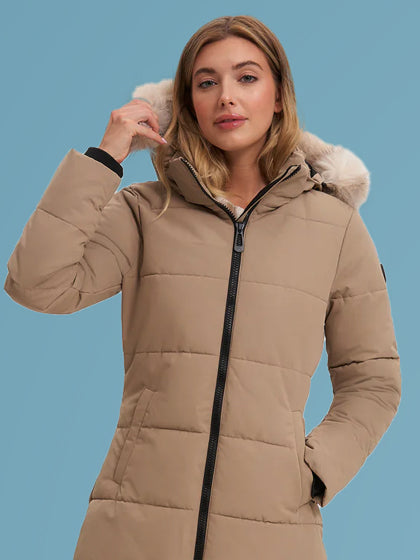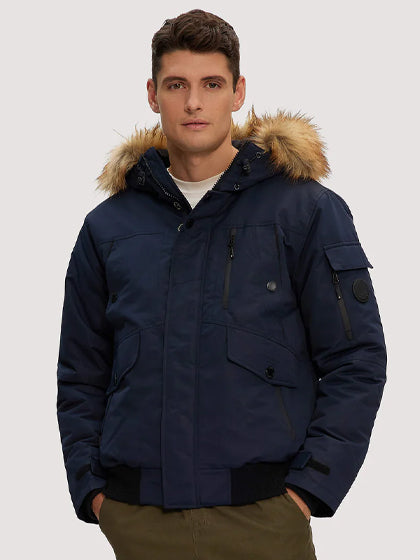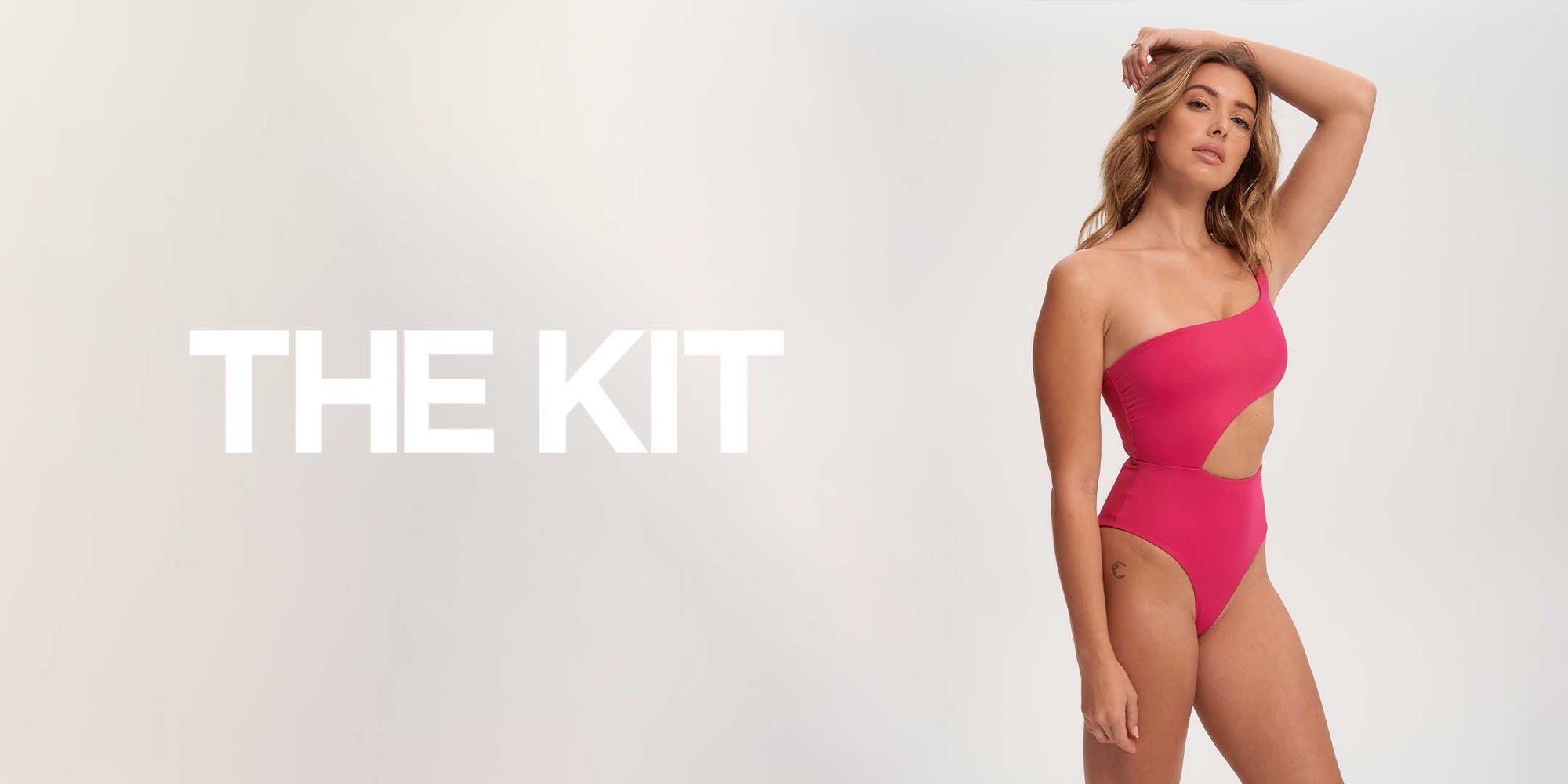When we don’t have to source our own leather jackets, it’s easy to forget how they’re made and where they come from. Some believe that leather is a by-product of the meat and dairy industry. It is very much a for-profit industry that has a market value of about $630 billion.
Here’s an overview of the harm of leather to animals and the environment, cruelty-free leather alternatives, and new innovations for vegan leather apparel.
Harm Of Leather To The Animals
Yearly, millions of animals are slaughtered for their skins and hides. And most of them live a horrific life on factory farms—overcrowding, confinement, and deprivation, unanesthetized procedures like castration, branding, and teeth removal, and never seeing the outdoors—before they’re cruelly slaughtered.
Per Sentient Media, adult cows are usually shot in the head by a bolt gun, hung by their legs, their throats are slit, and then they’re skinned. The process is so rushed that some cows are only partially stunned and end up getting skinned alive. Alternatively, newborn calfskin is marketed as more luxurious than adult cow skin because it’s softer and thinner. To harvest calfskin, some factory farms will remove a calf directly from its mother’s womb.
Most leather comes from cattle and calves, but leather can also be created from sheep, goats, lambs, and pigs. Other animals like zebras, bison, kangaroos, elephants, and snakes are hunted for their skin to create leather.
It isn’t just the typical factory farm animals forced into crowded and tiny areas. According to PETA, there are factory farms in Florida for alligators and crocodiles where it’s legal to shove 350 6-foot alligators into an area about the size of a typical family home. There was also a Georgia farmer who had 10,000 alligators cramped from wall to wall living in four buildings.
This kind of confinement leads to stress and injuries and is the worst quality of life for an animal that’s meant to roam free.
Harm Of Leather To The Environment
It’s not just animals that leather negatively affects. The production of leather also harms the environment. PETA reports that present-day leather production uses dangerous substances such as, “mineral salts, formaldehyde, coal-tar derivatives, and various oils, dyes, and finishes—some of them cyanide-based.” Plus, these leathers are chrome-tanned, which is considered a hazardous material by the U.S. Environmental Protection Agency. What’s more, 800,000 tons of chromium end up in landfills.
Chrome-tanning facilities end up using 15,000 gallons of water and create around 2,200 pounds of waste for every ton of hides it produces. They don’t just waste thousands of gallons of water, but tanneries poison the groundwater nearby. They’ve been known to have high levels of toxic substances like cyanide, chromium, and polychlorinated biphenyls (PCBs).
While European countries and the U.S. gradually discontinue their leather production, the solution has been to move leather production overseas, which just continues to threaten the health of the people near tanneries.
It isn’t just the chemicals that seep into the groundwater, but the greenhouse gas emissions caused by the electricity production used to produce leather. According to Simply Enviro, “Livestock and their byproducts account for at least 32,000 million tons of carbon dioxide [CO2} per year or 51% of all worldwide greenhouse gas emissions.”
5 Vegan Leather Alternatives and New Innovations
 There are leather alternatives everywhere you look and made from the most surprising sources: cactus, banana, pineapple, apples, grapes, mushrooms, mulberry tree leaves, teak leaves, paper, wood, cork, coffee grounds, plastic bottles, and coconut water.
There are leather alternatives everywhere you look and made from the most surprising sources: cactus, banana, pineapple, apples, grapes, mushrooms, mulberry tree leaves, teak leaves, paper, wood, cork, coffee grounds, plastic bottles, and coconut water.
There are even more companies developing new vegan leather products from flowers, yeast, green tea, kombucha, and soy, among other amazing sources.
Nopal Cactus Leather
To develop an alternative to animal leather, entrepreneurs Adrián López Velarde and Marte Cázarez, from Mexico, created the first cactus-based vegan leather. Their goal was to create “a cruelty-free, sustainable alternative, without any toxic chemicals, phthalates, and PVC.”
They also developed the material to be partially biodegradable and meet the technical specifications required by everything from the fashion industries to the automotive industries.
Banana Leather
Bananatex® is “the world’s first durable, technical fabric made purely from the naturally grown Abacá banana plants.”
To make a positive impact on the planet’s future, Bananatex® is cultivated in a natural ecosystem combining sustainable mixed agriculture and forestry. Abacá banana plants are self-sufficient and they don’t require pesticides, fertilizer, or additional water which has helped with reforestation in the Philippine highlands where it grows.
Pineapple Leather
Shocked by the environmental impact of mass leather production and inspired by the use of plant fibers in traditional weaving, Dr. Carmen Hijosa spent years developing Piñatex®—leftover pineapple leaves from pineapple harvests. Instead of discarding the plant leaves, “they’re collected in bundles and the long fibers are extracted using semi-automatic machines.”
Soy Leather
Founded in 2013, XXLab is an all-women collective based in Indonesia working on SOYA C(O)U(L)TURE, a research-based project creating vegan leather from soybeans, among other things. By using the liquid waste from mass-produced tofu that pollutes Indonesia’s water sources, XXLab helps prevent waste.
According to Design Indaba, the collective boils soya liquid waste with “vinegar, sugar, fertilizer, and bacteria until the mixture becomes microbial cellulose.” Then they dry it. Afterward, they can use the fabric to create shoes, bags, wallets, and whatever their imaginations strum up.
While not available to the public yet, keep a lookout for bio leather made from soya liquid waste.
Bacteria and Yeast Leather
“Symbiotic culture of bacteria and yeast” aka SCOBY is a living culture that consumes sugar as its food. It’s typically added to tea to create kombucha. It breaks down the sugars in the tea which then makes the tea fizzy and creates kombucha.
To make SCOBY leather, leftover SCOBY is removed, harvested, dried, and molded. It takes about 14 days to grow kombucha leather and 1-3 days to dry (depending on size). If it’s made to be water-resistant, that will lengthen production time. SCOBY only uses raw materials and very little energy and is fully compostable.
It hasn’t hit mainstream fashion yet, but as biomaterials become more popular, this little vegan leather source may become your next jacket.
Noize and Vegan Leather
While animal leather remains a popular source of clothing, it’s inspirational to see the innovation by companies throughout the world to create more sustainable, vegan leather. Keep your eyes out for future vegan leather collections from Noize.
We are always exploring new ways to ensure that our decisions have a positive impact on the environment. In the meantime, if you’re in the market for a new jacket, shop our vegan leather jackets and coats.








